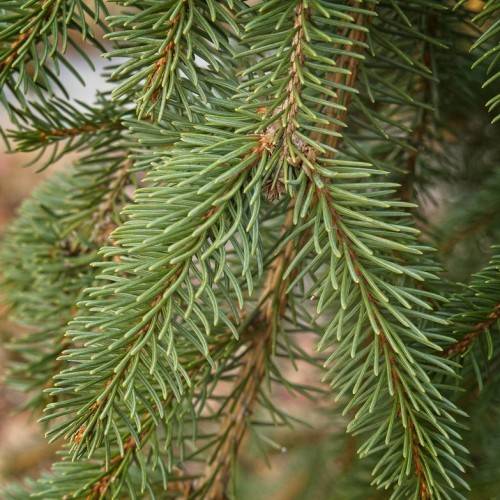
Norway spruce
Picea abies 'Little Joe'
Also Known As - Norwegian SpruceCycle:
Perennial
Watering:
Average
Hardiness Zone:
3
Flowers:
Flowers
Sun:
Full sun, Part sun/part shade
Soil:
Acidic, Well-drained
Cones:
Yes
Leaf:
Yes
Growth Rate:
High
Maintenance:
Low
Care Level:
Moderate
watering
Norway spruce plants should be watered regularly. In general, aim to water them no more than once a week during the growing season (spring and summer). However, they may need more frequent watering if your area is experiencing a particularly hot or dry spell. To water your Norway spruce, use a soaker hose or sprinkle can and give the plant a deep soaking. Make sure to water the entire root system, not just the top soil layer. In the winter season, watering can be reduced to every other week.
sunlight
Norway spruce (Picea abies 'Little Joe') requires full sun or partial shade (at least 4 hours of sunlight) for optimal growth and health. The amount of sunlight will vary with the season. During the long days of summer, Norway spruces should have about 6 to 8 hours of sunlight, and during the shorter days of winter, at least 4 hours of sunlight is recommended.
pruning
Norway spruce 'Little Joe' should be pruned once a year, in the late winter or early spring before new growth starts. You should remove any dead, diseased, weak, or crossing branches, as well as any branches that are growing inward. Pruning should be light; remove no more than 1-third of the length of the branches in any given year. This will help maintain the dwarf shape and promote healthy growth.
